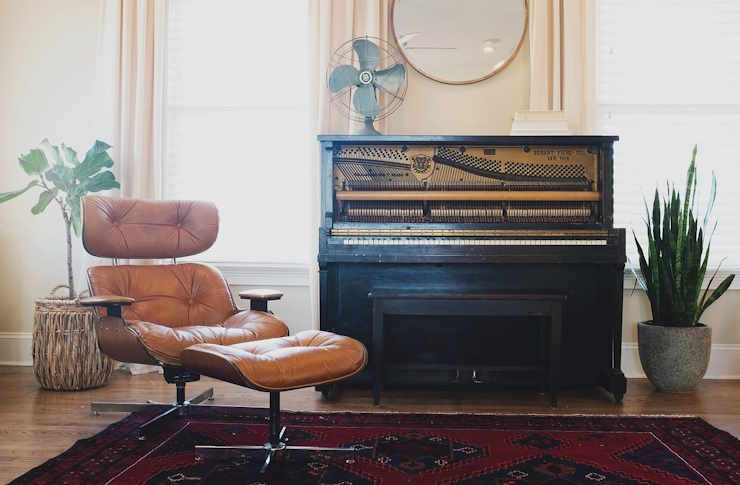"The Resurgence of Wabi-Sabi in Modern Homes: Embracing Imperfection with Grace"
Introduction: We live in a world where the pursuit of perfection is relentless. In our homes, we strive for immaculate interiors, pristine gardens, and flawless design. But, what if we told you that the latest trend in home design is all about embracing the beauty of imperfection? Welcome to the world of Wabi-Sabi.
The Roots of Wabi-Sabi
Wabi-Sabi is a traditional Japanese aesthetic philosophy that finds beauty in imperfection and transience. Originating from Zen Buddhism, it is an art form that appreciates the simple, the rustic, the weathered, and the organic. The term itself is difficult to translate directly, but ‘Wabi’ roughly means ‘rustic simplicity’, while ‘Sabi’ refers to the beauty of age and wear.
Wabi-Sabi in Today’s Interiors
In the fast-paced, digitally-driven world we live in, the Wabi-Sabi philosophy provides a refreshing contrast. It encourages us to slow down, appreciate the natural beauty around us, and find peace in the imperfect. This has led to a resurgence of Wabi-Sabi in modern home design.
Practicality and Market Trends
The practicality of Wabi-Sabi lies in its simplicity— it’s easy to incorporate into any home, regardless of size or style. The market trends reflect this, with an increasing number of homeowners opting for handmade ceramics, rustic wooden furniture, and natural fabrics. These elements, with their inherent irregularities and signs of wear, add character and warmth to a home.
Wabi-Sabi and Daily Living
Embracing Wabi-Sabi doesn’t just change your home’s aesthetics—it changes your outlook on life. It encourages mindfulness, gratitude, and acceptance of life’s imperfections. Whether it’s a chipped mug, a faded rug, or a creaky wooden floor, Wabi-Sabi teaches us to see the beauty in these everyday ‘flaws’.
Expert Insights and Styling Techniques
To incorporate Wabi-Sabi into your home, focus on natural materials, earthy colors, and imperfect forms. Avoid mass-produced items, as Wabi-Sabi appreciates the uniqueness of handmade objects. Lastly, remember that Wabi-Sabi is not just a design trend—it’s a way of life. So, slow down, take a deep breath, and find beauty in the imperfect.
In conclusion, the resurgence of Wabi-Sabi in modern homes is a response to our fast-paced, perfection-obsessed world. By embracing the beauty of imperfection, we can create homes that are not just stylish, but also serene and soulful. So, the next time you spot an imperfection in your home, remember: it’s not a flaw, it’s Wabi-Sabi.





